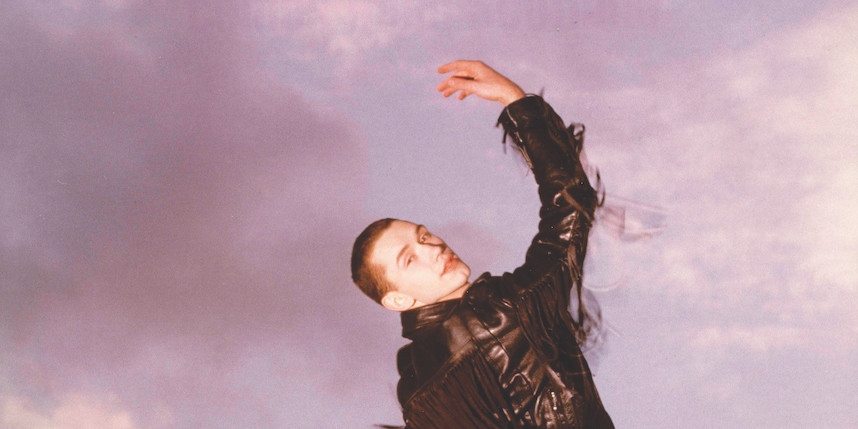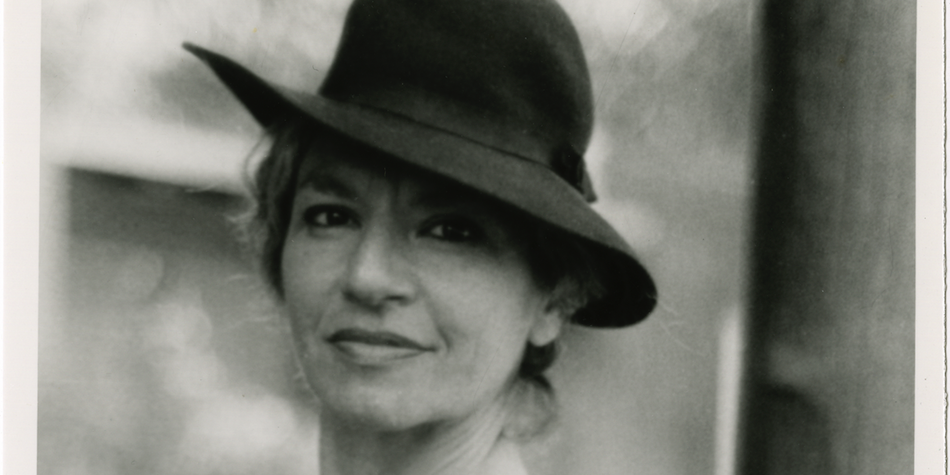Rebel Boy
IF DANCE IS HUMANITY’S REBELLION AGAINST GRAVITY, choreographer Michael Clark defied dance’s gravitas. He was classically trained: first as an Aberdeen boy schooled in traditional Scottish dance, then as a star pupil at London’s Royal Ballet School, later as a member of the Ballet Rambert, and later still as a summer student of Merce Cunningham and John Cage.
Ultimately, Clark made his reputation by aerating the stuffy dance world, transforming the landscape with a punk ethos and the pointed exuberance of London’s queer club scene.
In 1984, at the prodigious age of twenty-two, he founded the












